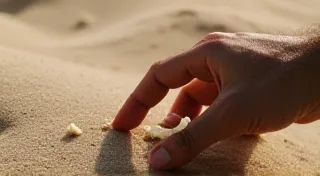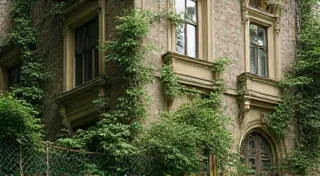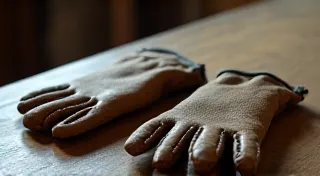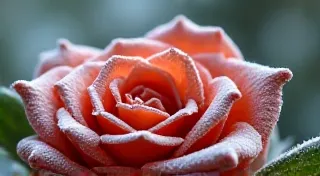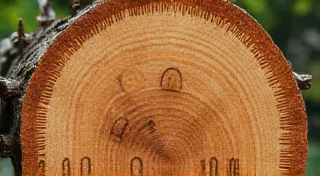The Ghost of a Stitch: Detecting Wear and Determining Age in Antique Needles
There’s a quiet magic in holding an antique knitting needle. It’s more than just a piece of wood or metal; it’s a conduit to the past, a tangible link to the hands that shaped countless garments, blankets, and heirlooms. I remember, as a child, rummaging through my grandmother’s attic, stumbling upon a small, tarnished tin overflowing with needles. The air smelled of cedar and time, and I felt an immediate, visceral connection – a sense of history whispering from the very grain of the wood. That feeling, that sense of connection, is what draws so many to collecting these small, often overlooked, crafting tools.
But recognizing true age and assessing a needle’s history isn’t simply about finding something old. It’s about understanding the subtle narratives etched into the material – the 'ghosts of stitches' – and discerning the story they tell. This isn’t about dry cataloging; it’s about appreciating the labor, the skill, and the quiet dedication of the artisans who crafted these essential tools. The legacy of those who came before often speaks volumes through these quiet tools, telling stories of perseverance and creativity – stories we can almost hear if we listen closely. The very act of knitting itself has undergone a fascinating evolution, and understanding that journey can illuminate the context of the needles themselves.
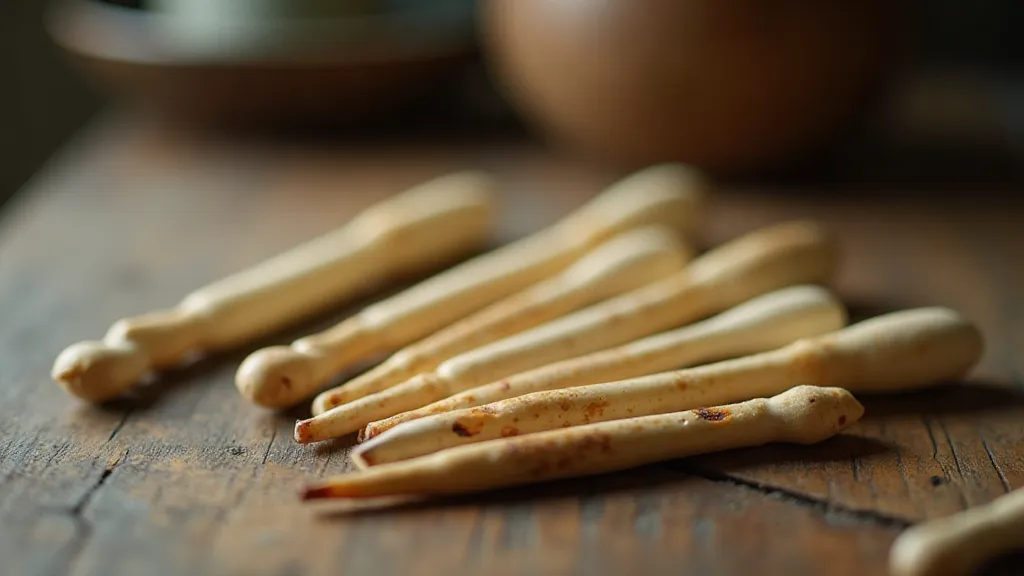
Materials: A Foundation for Age Assessment
The first step in identifying antique knitting needles is understanding the materials commonly used. Needles weren't always the sleek, mass-produced items we know today. Historically, materials were dictated by availability and affordability. Bone, ivory (often substituted with cheaper alternatives as true ivory became scarce), horn, wood (various types, from simple fruitwoods to prized ebony), and later, metal (steel, brass, and occasionally silver) were all common. Each material ages differently, and recognizing these distinctions is crucial.
Bone needles, popular from the 18th and 19th centuries, often exhibit a characteristic yellowing or browning due to oxidation. The surface can feel smoother than newer bone, subtly polished by countless stitches. Ivory, or what was often passed off *as* ivory, will show similar discoloration, but it often contains subtle hairline fractures visible under magnification. Wood, being organic, is the most vulnerable to environmental factors. Cracks, warping, and insect damage are common. Examining the wood grain can sometimes indicate the species used, providing clues about regional production. The often unseen labor that went into creating these textiles is truly remarkable, and the tools used were often reflections of both necessity and artistry.
Metal needles, particularly brass, will tarnish. The type and extent of the tarnish can indicate the age and storage conditions. Steel needles, introduced later, may show signs of rust or pitting, depending on how they were cared for. Early steel knitting needles often display a characteristic rougher texture compared to modern, finely machined steel.
Wear Patterns: Stories Etched in Form
Beyond the inherent characteristics of the material, the *way* a needle shows wear is perhaps the most revealing indicator of its age and usage. Imagine generations of hands shaping yarn around a point—the result isn's just gradual erosion; it's a story. The points of antique needles, for example, were rarely perfectly sharp. They were rounded by constant contact with yarn, often exhibiting a gentle, almost imperceptible beveling. Modern needles are manufactured to be needle-sharp. This difference is often the first tell.
The body of the needle also bears witness to its history. Look for flattened areas where the knitter frequently held or manipulated the needle. These flattened zones indicate a comfortable, well-worn grip developed over time. In contrast, modern needles often have perfectly cylindrical bodies, reflecting mass production techniques. The subtle variations in these wear patterns tell us so much about the craft and the hands that practiced it.
Another subtle clue lies in the tips of the needle. Many antique needles display a slight ‘mushrooming’ or thickening at the tip, a result of yarn fibres compacting over years of use. While some modern needles may be intentionally thickened at the tip, the character and uniformity of the thickening differs significantly. Examining these details helps us appreciate the enduring legacy of handmade tools.
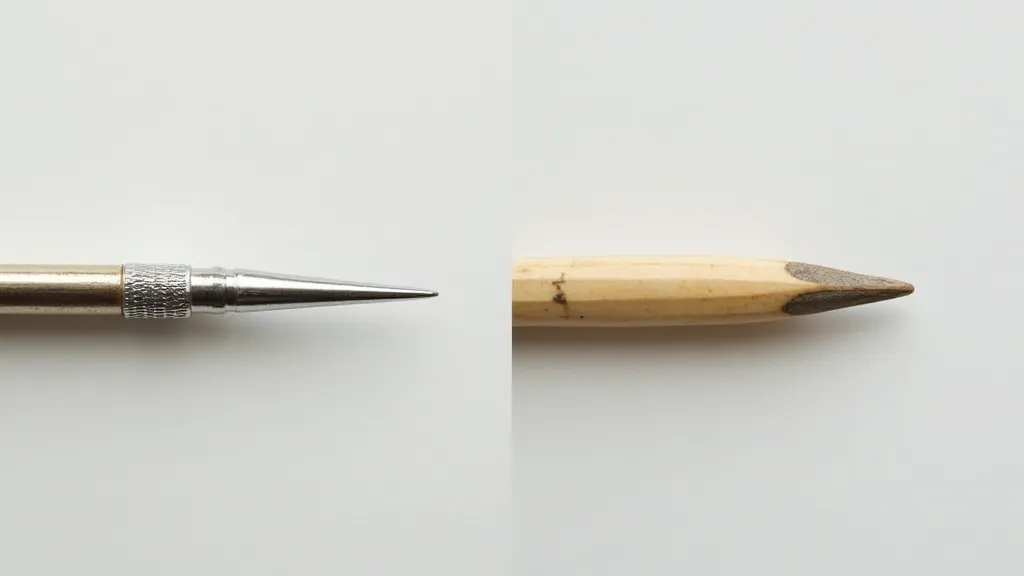
Beyond the Physical: Considering Historical Context
Assessing age isn’t just about observing the physical characteristics of the needle. It also requires an understanding of the historical context surrounding its production and usage. For example, the rise of industrial knitting techniques in the mid-19th century led to a decline in handcrafted needles. Therefore, a needle showing significant wear and made from a traditional material (bone, horn, or wood) is more likely to be older than a relatively pristine needle made from steel. The history of knitting is long and complex, and recognizing its ebb and flow informs our understanding of antique needles. It’s truly amazing to consider how the tools evolved alongside the techniques.
Consider regional variations as well. Different areas developed unique crafting traditions and favored specific materials. Researching local knitting history can provide valuable context and help narrow down the age range of a needle. The very act of knitting itself has shaped communities and economies throughout history, and the tools used reflect those cultural nuances. Understanding this broader narrative enhances our appreciation for these small artifacts.
Restoration Considerations (and What Not To Do!)
The urge to 'restore' antique needles can be strong, but it's crucial to proceed with extreme caution. Many collectors believe that attempting to clean or polish a needle aggressively can erase valuable clues about its history. Removing tarnish from a brass needle might hide evidence of its age and storage conditions. Similarly, sanding down a wooden needle can obliterate wear patterns that tell a story. The subtle imperfections are often what connect us to the past – the echoes of the hands that crafted them. Considering the often unseen labor involved in creating these textiles is paramount when contemplating any kind of restoration.
If cleaning is necessary, use gentle methods and reversible techniques. A soft cloth and mild soap can often remove surface dirt. Avoid harsh chemicals or abrasive cleaners. Remember, the beauty of an antique needle lies in its imperfections – the marks of time and the echoes of the hands that shaped it.
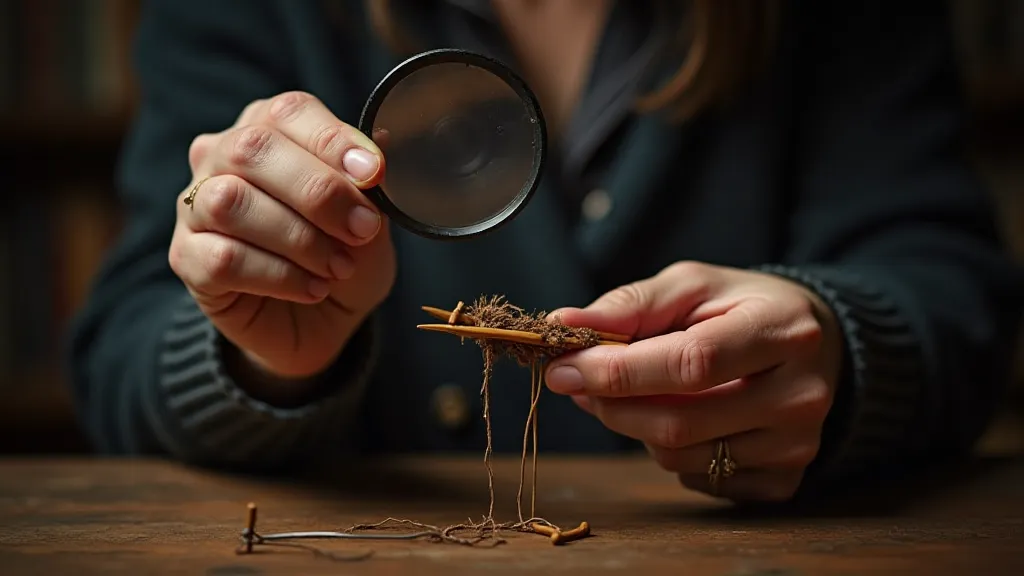
The Value of Connection: A Deeper Dive into the Craft’s Evolution
Collecting antique knitting needles isn’t just about acquiring beautiful objects; it’s about forging a connection to the past. Each needle represents a piece of history—a tangible link to the countless women (and men) who found solace and creativity in the simple act of knitting. The evolution of knitting techniques, from hand-twisted yarn to complex stitch patterns, is a fascinating journey. Learning about these developments illuminates the context of the needles themselves and how they reflected changes in society and technology. It's also useful to consider how the design and materials used in knitting needles have influenced the overall style and aesthetic of the resulting textiles. Examining the materials tells an important story, and if you want to learn more about the overall history of the craft, Ephemeral Echoes: The Fading Voices of Knitters Past provides a wonderful, in-depth exploration.
For those particularly interested in the often-unseen labor and the cultural significance surrounding antique knitting tools, Needle's Shadow: The Unseen Labour in Vintage Textiles offers a thoughtful perspective on the human element behind these objects. The meticulous craftmanship and the countless hours dedicated to creating these tools speak volumes about the dedication and artistry of the artisans who shaped them.
Finally, if you’re contemplating the preservation of these fragile artifacts, or are interested in the delicate art of repair, Fractured Histories: Repairing and Restoring Antique Knitting Needles offers practical advice and insights into the responsible care of these treasures. Preserving these objects ensures that future generations can connect with the past and appreciate the artistry of those who came before us.
The Value of Connection
Collecting antique knitting needles isn’t just about acquiring beautiful objects; it’s about forging a connection to the past. Each needle represents a piece of history—a tangible link to the countless women (and men) who found solace and creativity in the simple act of knitting. By carefully observing and appreciating these small, often overlooked treasures, we can keep their stories alive and honor the legacy of those who came before us. Perhaps, if we listen closely, we can even hear the ghost of a stitch.
